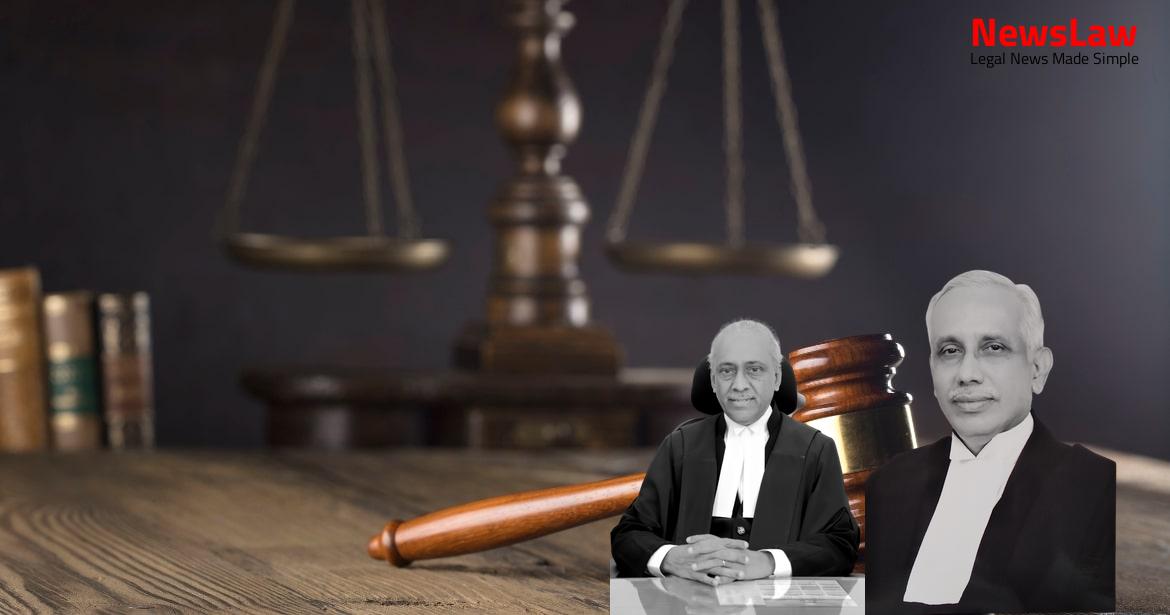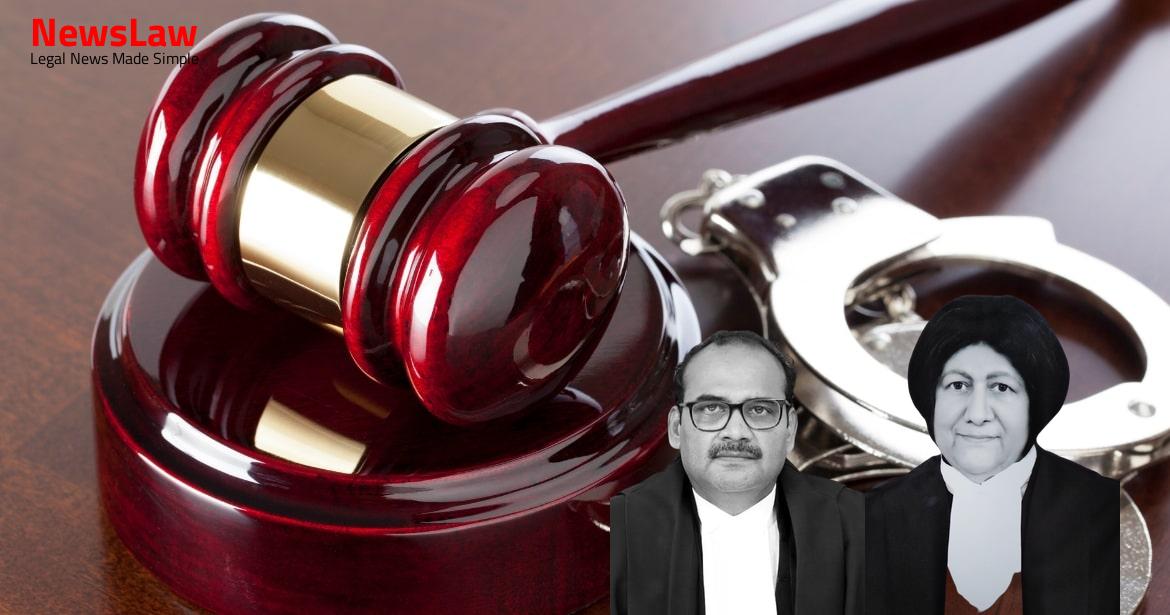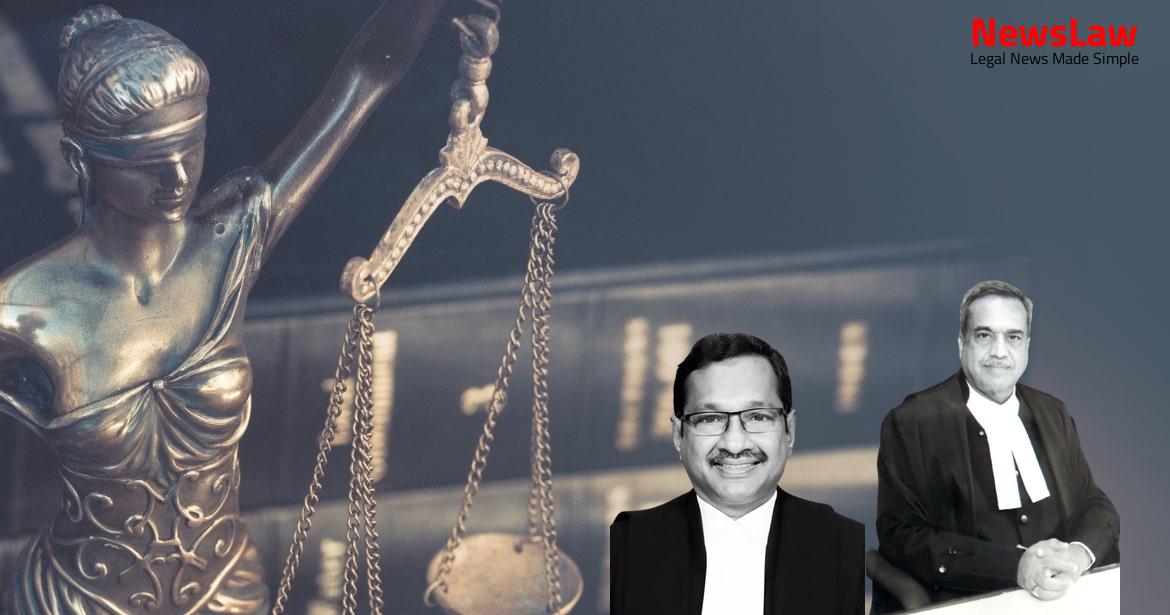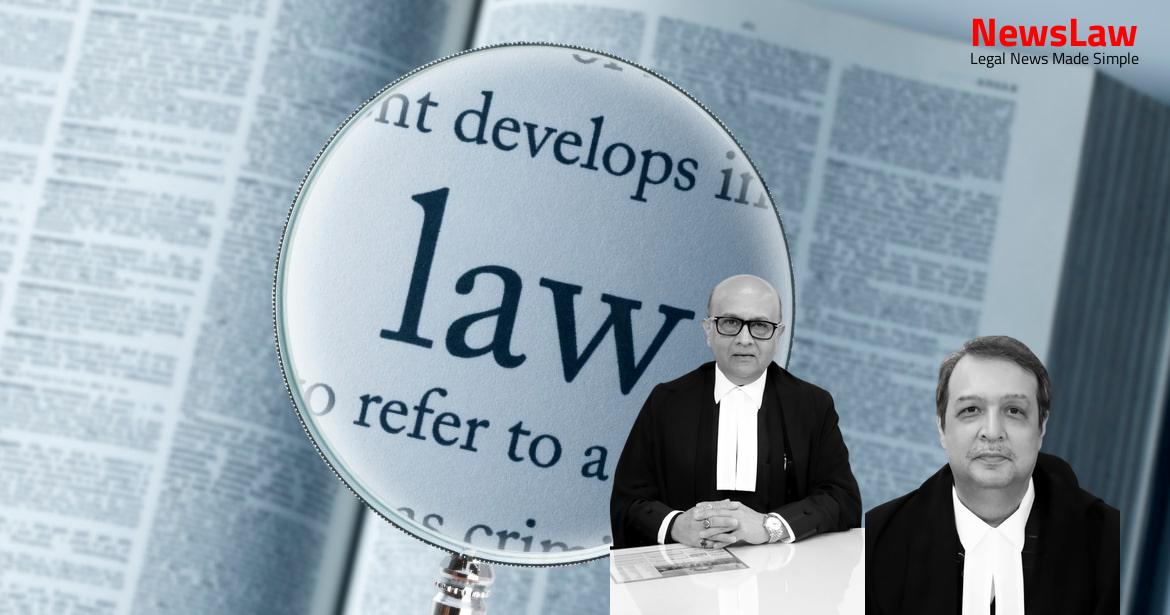Explore the court’s in-depth analysis of the application of the Limitation Act in Insolvency and Bankruptcy Code proceedings, focusing on the intent to aid corporate debtors’ survival. Through consistent interpretations and decisions, the court navigates challenges in ensuring justice and upholding the law. The intricate balance between legal statutes and the objectives of the IBC shapes the outcome of corporate insolvency resolution processes. #LegalAnalysis #IBC #LimitationAct #CourtJudgements
Facts
- The appellant, a Financial Creditor, filed a petition under Section 7 IBC against the Corporate Debtor, seeking repayment of defaulted term loans.
- The Financial Creditor claimed that the Corporate Debtor defaulted in repayment, became an NPA, and issued a demand notice under the Securitisation and Reconstruction of Financial Assets and Enforcement of Security Interest Act, 2002.
- The DRT, Pune, allowed the original application filed by the Financial Creditor, directing the Corporate Debtor to pay a substantial amount along with interest.
- The total outstanding amount from the Corporate Debtor as of August 13, 2019, was stated to be Rs. 108,34,33,364.19.
- A parallel proceeding in the High Court of Judicature at Bombay resulted in an order for the winding up of the Corporate Debtor on January 4, 2018.
- NCLT admitted the petition of the Financial Creditor under Section 7 IBC on November 6, 2019, which was challenged by the first respondent, a shareholder and creditor of the Corporate Debtor, before NCLAT.
Also Read: Legal Analysis on Tariff Determination and Discoms’ Obligations
Arguments
- The contention raised by the first respondent was rejected by NCLAT citing the Court’s decision in Jaipur Metals and Electricals Employees Organization vs Jaipur Metals and Electricals Ltd. & Ors.
- NCLAT overruled the objection on maintainability based on the order of winding up and proceeded to consider the issue of limitation.
- NCLAT referred to the decision in Babulal Vardharji Gurjar vs Veer Gurjar Aluminium Industries Pvt. Ltd. & Anr. to establish that the application under Section 7 filed on 10.10.2019 was beyond the three-year limitation period from the date of default (NPA) on 31.03.2013.
Analysis
- The Third division of the Schedule to the Limitation Act is divided into two parts, with Part-I dealing with specified cases and Part-II dealing with other applications.
- By virtue of Section 433 of the Companies Act, 2013, the provisions of the Limitation Act apply to proceedings even before the insertion of Section 238A in the IBC.
- Dena Bank ruling holds as of now, emphasizing the objective of the IBC to benefit the corporate debtor’s survival.
- Introduction of Section 238A in the IBC clarified the application of the Limitation Act to proceedings under IBC.
- Different provisions of IBC came into force on different dates, leading to a question of Limitation Act’s application to applications filed under Sections 7/9 during that transition period.
- The IBC aims to assist corporate debtors in continuing business, with financial/operational creditors initiating CIRP under the law.
- The law considers the ‘default’ under Section 3(12) of IBC as non-payment despite becoming due and payable.
- The applicability of Section 18 of the Limitation Act was questioned and resolved in subsequent cases clarifying acknowledgment requirements.
- The law develops inconsistently, but the focus remains on restructuring and aiding the corporate debtor’s survival through the IBC.
- The application of the law of limitation to IBC proceedings acts as the goal post for remedy, benefiting the corporate debtor.
- The Schedule of the Limitation Act categorizes into suits, appeals, and applications, each with specific divisions and provisions.
- Court’s analysis emphasized on the interpretation and application of the Limitation Act in conjunction with the IBC for corporate insolvency resolution processes.
- In Jignesh Shah vs Union of India, the court barred a petition for winding up as it was filed beyond the three-year limitation period from the date of the cause of action.
- The decision in Jignesh Shah established two key principles for cases related to limitation periods.
- The Babulal Vardharji Gurjar case clarified that limitation begins from the date of NPA itself.
- When Section 238-A of the Code is read with previous consistent decisions, several basics regarding the Code’s intentions and limitations emerge.
- The CIRP under the Code is intended to benefit the corporate debtor and not just for monetary recovery.
- The period of limitation for CIRP application under Section 7 is governed by Article 137 of the Limitation Act, which is three years from the date the right to apply accrues.
- The trigger for CIRP initiation is the default by the corporate debtor when a debt becomes due and payable.
- An application under Section 7 is not for the enforcement of mortgage liability, and the Limitation Act’s Article 62 does not apply.
- Judges interpret statutes, and their words are not to be interpreted as statutes.
- The scheme of the Code aims to continue the business of a corporate body as a going concern until a resolution plan is drawn up.
- Judicial utterances are based on the facts of the specific case being dealt with.
- The incongruity of the situation has led the Court to face challenges and limitations.
- The Court has navigated through difficult circumstances and tried to overcome obstacles.
- Despite several setbacks, the Court has persevered in its pursuit of justice.
- The journey of the Court has been challenging, but it has continued its efforts towards upholding the law.
Decision
- The application filed by the appellant-Bank under Section 7 IBC was within the period of limitation.
- The appeal is allowed.
- The impugned order of the NCLAT dated 02.03.2021 is set aside.
Case Title: PUNJAB NATIONAL BANK Vs. VIJAY SITARAM DANDNAIK (2022 INSC 887)
Case Number: C.A. No.-002277 / 2021



